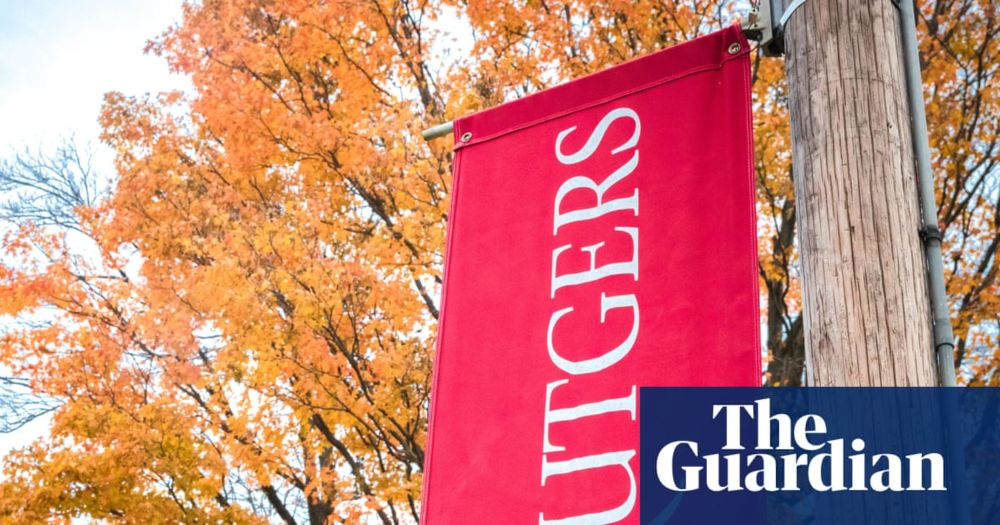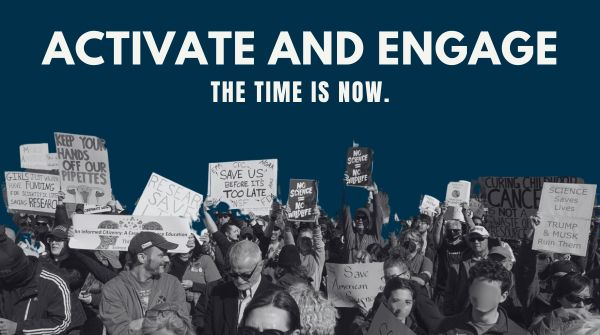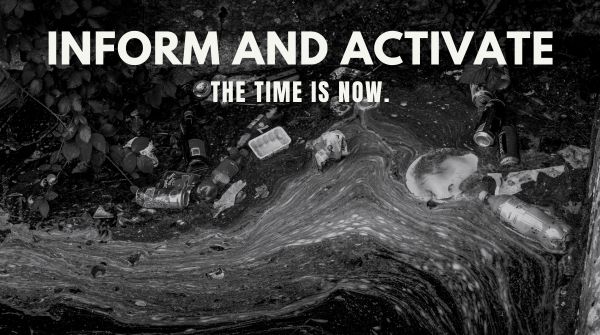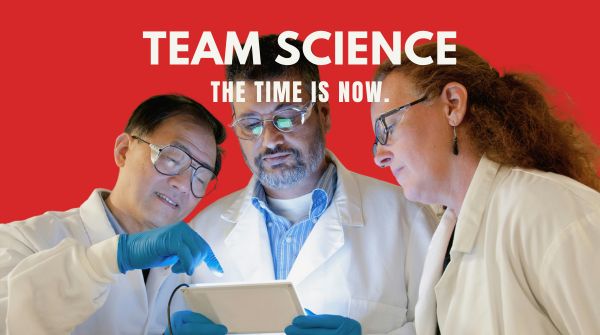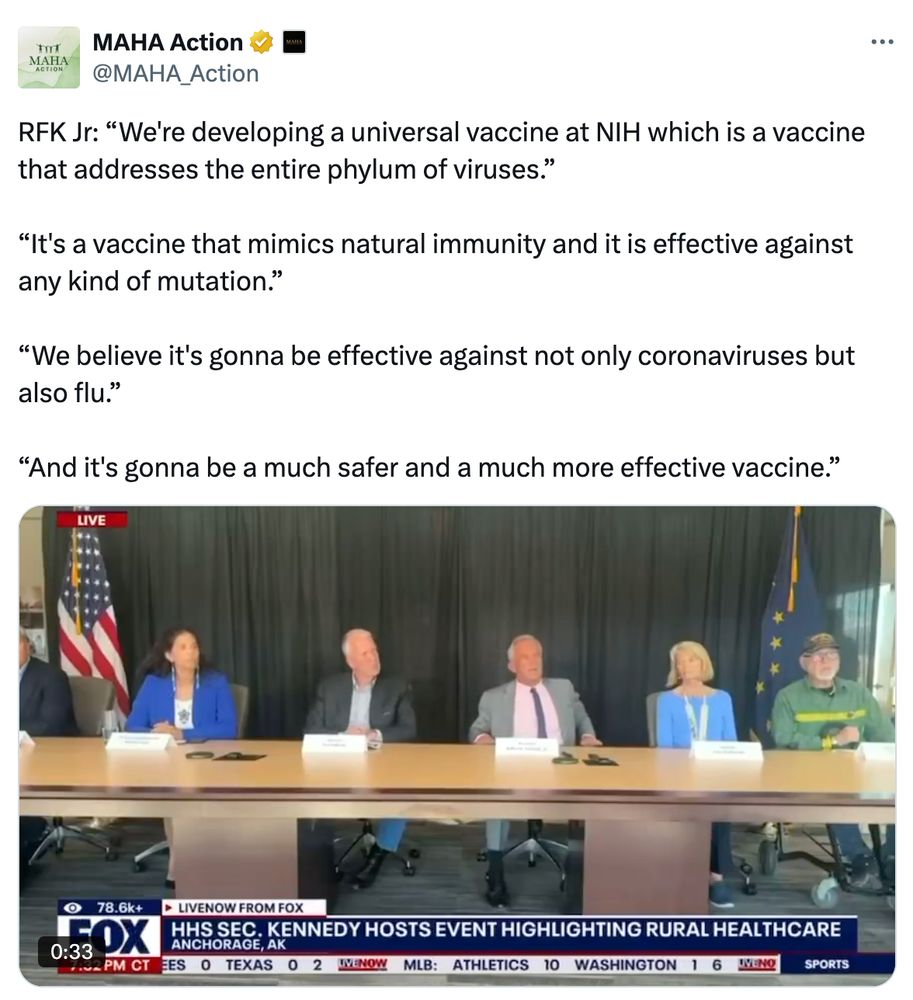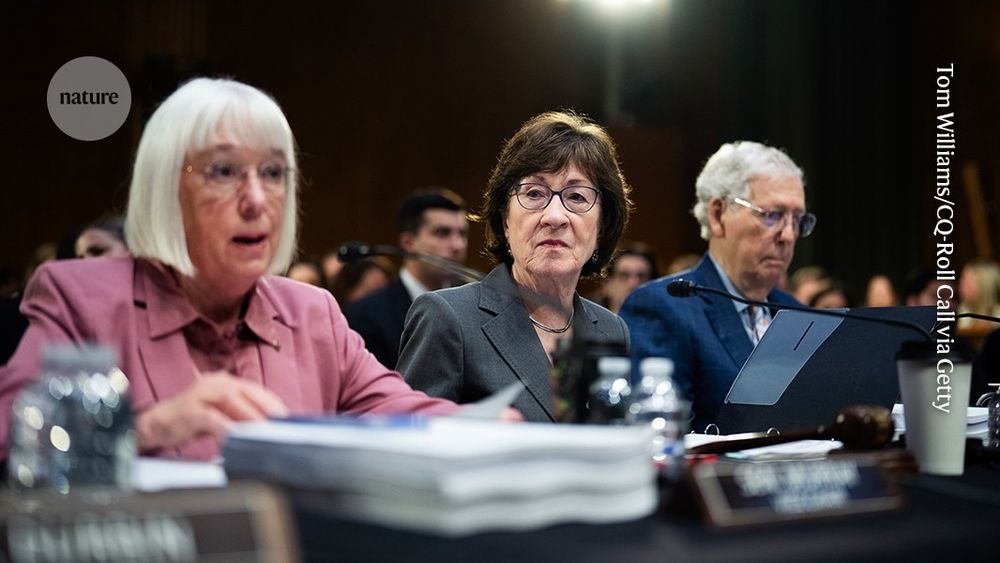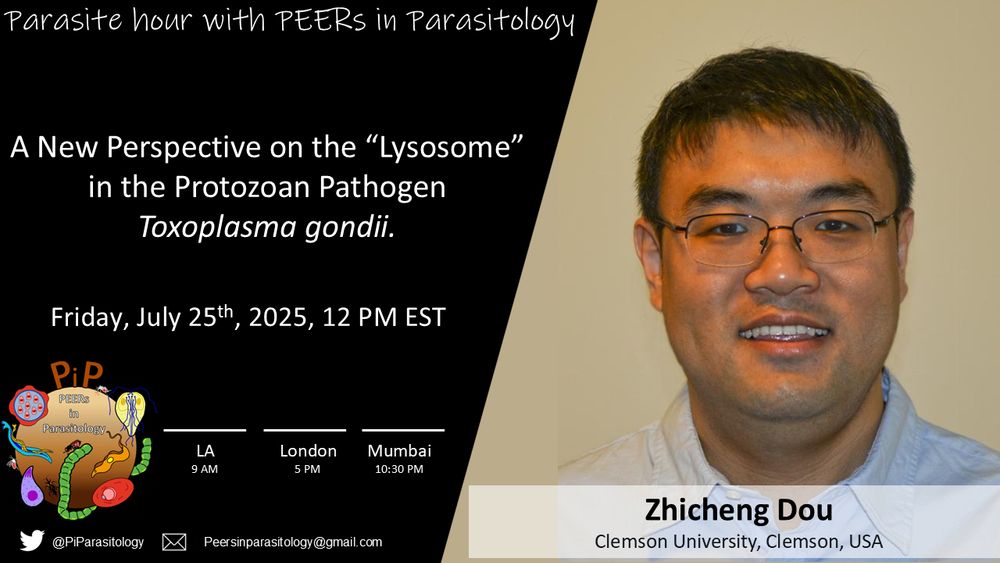Sabrina Absalon, Phd
@sabsalon.bsky.social
830 followers
760 following
73 posts
Cell biologist | microscopist studying the nuclear and cell division of Malaria parasites | https://www.absalonlab.com/ |Co-founder of Peers in Parasitology | Be who you are 🏳️🌈 |Healthcare is a human right
Posts
Media
Videos
Starter Packs
Reposted by Sabrina Absalon, Phd
Reposted by Sabrina Absalon, Phd
Reposted by Sabrina Absalon, Phd
Reposted by Sabrina Absalon, Phd
Simone Reber
@simonereber.bsky.social
· Aug 15

Conserved nucleocytoplasmic density homeostasis drives cellular organization across eukaryotes
Nature Communications - Cells can regulate their mass density. Here, the authors demonstrate how eukaryotes establish and maintain a lower density in the nucleus than in the cytoplasm via pressure...
rdcu.be
Reposted by Sabrina Absalon, Phd
Reposted by Sabrina Absalon, Phd
Reposted by Sabrina Absalon, Phd
Stella Hurtley
@smhsci.bsky.social
· Aug 1
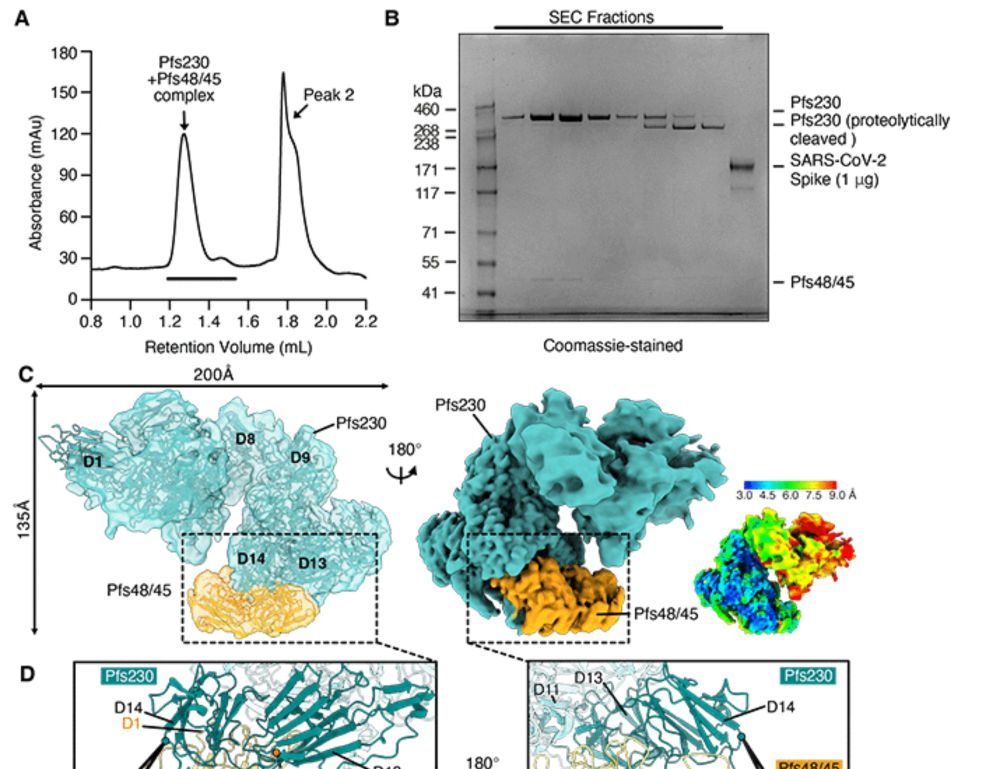
Cryo-EM structure of endogenous Plasmodium falciparum Pfs230 and Pfs48/45 fertilization complex
Malaria parasite fertilization occurs in the midgut of a female Anopheles mosquito. Blocking fertilization within the mosquito can prevent malaria transmission. Plasmodium falciparum Pfs230 and Pfs48/...
www.science.org
Reposted by Sabrina Absalon, Phd
Reposted by Sabrina Absalon, Phd
Reposted by Sabrina Absalon, Phd


